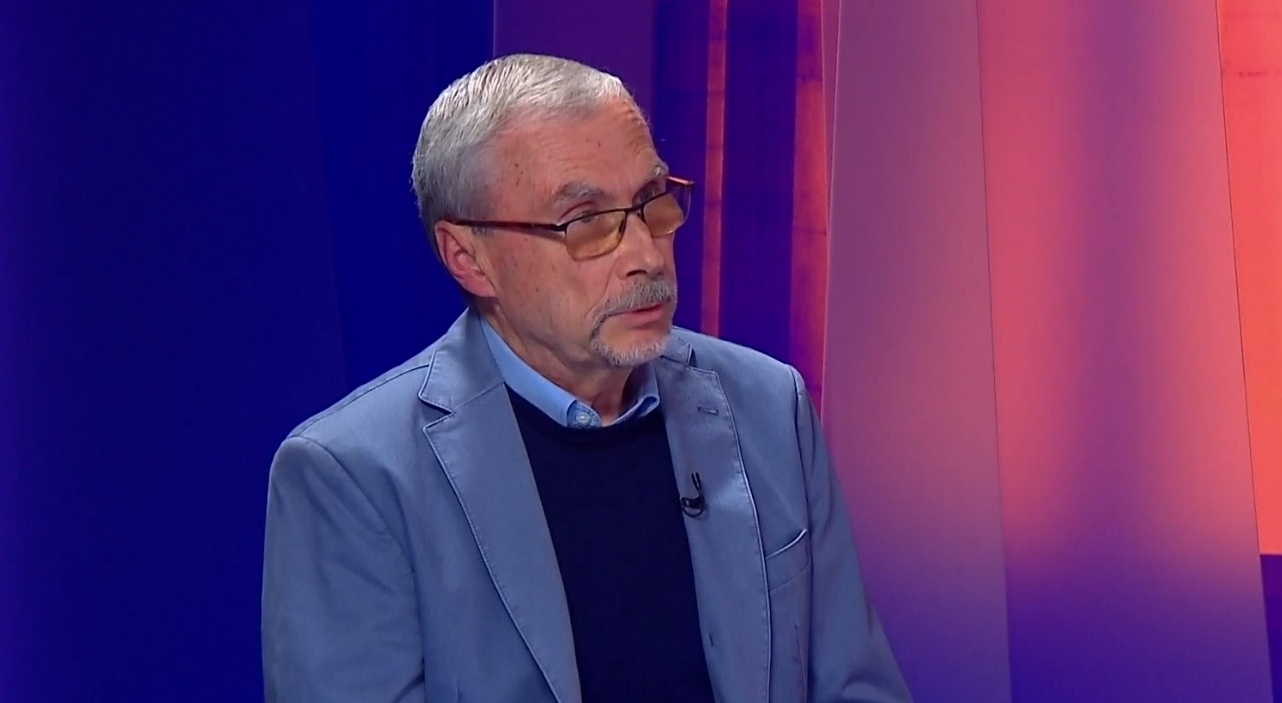Storms of biblical proportions: Geophysicist on the increase in extreme weather conditions in Europe

A professor from the Department of Geophysics at the Faculty of Science at the University of Zagreb, Mirko Orlic, appeared on the Newsnight programme with Anka Bilic-Keserovic, where he spoke, among other things, about the extreme weather events that have affected Europe.
He believes that the intense rainfall that has recently hit Eastern and Central Europe represents the extreme of all extremes. He emphasised two important factors that have caused such weather.
"There was a very warm period leading up to it – both the sea and the atmosphere were warm. When you have warm seas, there is also a lot of evaporation, and the atmosphere can hold a lot of moisture. That's the first phase," he explained.
Combination of natural and anthropogenic processes
"The second phase is the formation of a cyclone. When you have such high humidity and cold air coming in from the north and warm air coming in from the south, the air from the north may have picked up more moisture as it travelled over the warm surface. Now these two air masses collide, one cold and one warm, both full of moisture. Then fronts form, and the air flows along the fronts, condensation occurs, and precipitation follows," Orlic explained.
He also mentioned that he is often asked whether this is a natural or man-made process.
"It's both. It's a combination, and I think it's best to say that the cyclone would have formed even without the anthropogenic elements, but it wouldn't have been of such biblical proportions," he said.
Waterspouts, heatwaves, and the future of tourism
He also commented on the increasingly frequent occurrence of waterspouts and said that the recipe for a waterspout, as with thunderstorms, is a relatively warm sea surface, cold air and a lot of moisture in the air.
“There have always been waterspouts. There is a treatise by Rudjer Boskovic from the mid-18th century in which he describes the appearance of 13 waterspouts in Dubrovnik,” he said, adding that today anyone can photograph them with their mobile phones, while in the past it was not so easy, so he is not sure how much their intensity has actually changed.
“We have projections that suggest we will have more heatwaves, there will be more of them, and they will last longer. The likelihood of heatwaves increases the further south you go in Europe.”
As for tourism, he is not sure how it will develop in the face of more frequent and longer heatwaves. “Perhaps the end of spring and the beginning of autumn will become more attractive times of the year,” he said.
Kakvo je tvoje mišljenje o ovome?
Pridruži se raspravi ili pročitaj komentare



 Srbija
Srbija
 Bosna i Hercegovina
Bosna i Hercegovina
 Slovenija
Slovenija







